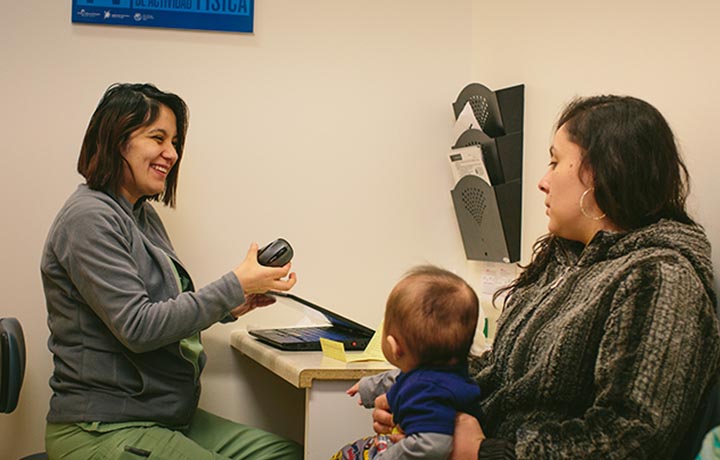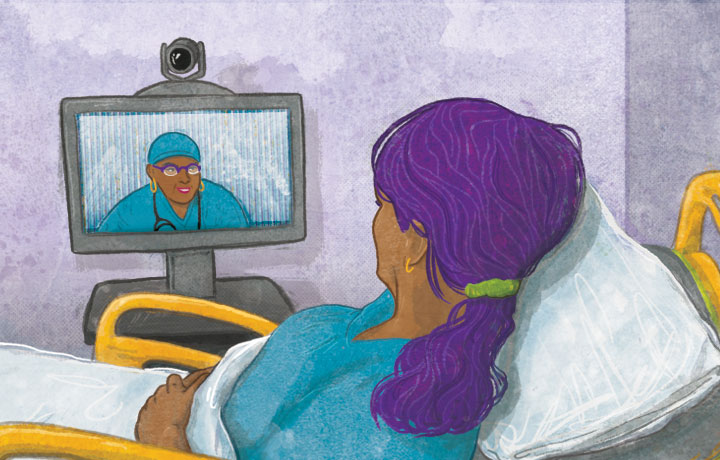Article
3-minute case study: ED and EMTs get on the same page
By Lia Novotny | August 7, 2018

Across the athenahealth network and beyond, healthcare organizations are designing and implementing simple interventions with outsized impact on outcomes, satisfaction, and success. Here's another.
The problem
Trouble was brewing between emergency department staff and the ambulance crews at Iron County Medical Center, a critical access hospital in Pilot Knob, Missouri. Physicians wanted paramedics to do more to stabilize patients and prepare them for treatment. The EMTs felt they were doing what they were trained to do.
The situation came to a head in 2017 at a community town hall meeting when an EMT stood up and said publicly, “We are doing everything we can to support the system, but it seems like your crew doesn't like working with us."
The solution
Iron County's new CEO, Joshua Gilmore, viewed the conflict as an opportunity. “We had to ask, 'How can we work together to make this better?'" In collaboration with Mercy St. Anthony's, a multistate health system with expertise in rural care and outreach, Iron County designed a training program for paramedics and ED staff to complete in tandem. Focused on consistent protocols for time-critical diagnoses, the program covers standards for in-transport care and best practices for stroke, trauma, and myocardial infarction.
With paramedics receiving two hours of training and ED staff attending multiple day-long sessions, everyone learns the same approaches, and everyone knows what to expect when a patient arrives by ambulance.
The outcome
When training was complete, Iron County experienced a cultural change as well as an operational one. Tensions between the teams dissipated, says Johnny Setzer, paramedic and administrator for Iron County EMS, because the training put "everyone is on the same page." Paramedics have more confidence, knowing they are doing what physicians need and expect, and the ED staff reports transports have sped up. Both sides acknowledge that even relationships with patients have improved as emergency care is smooth and efficient from beginning to end.
That's the point, says Gilmore. “The patients get the best possible care no matter what their point of entry in the system. And when the patients win, the entire community wins."
Lia Novotny is a frequent contributor to athenaInsight.






